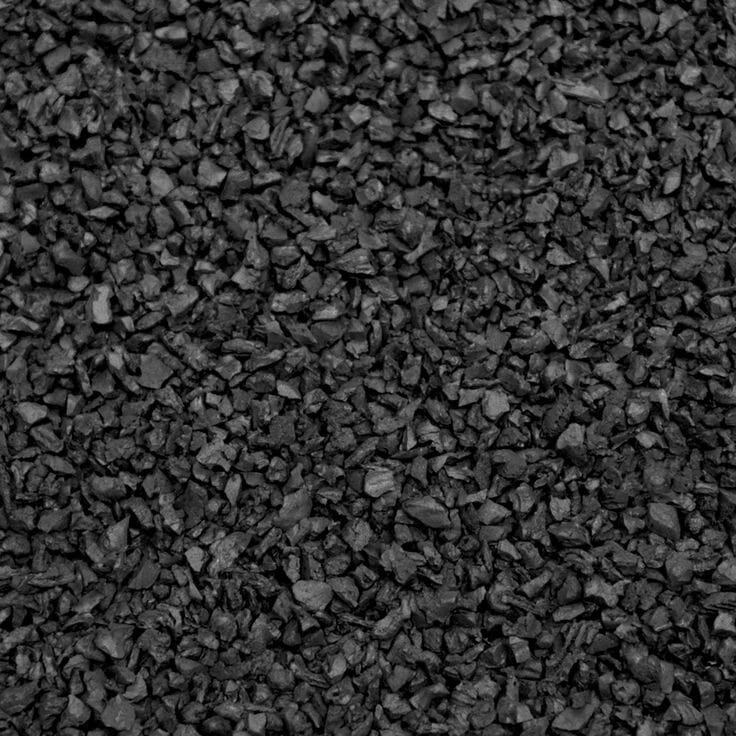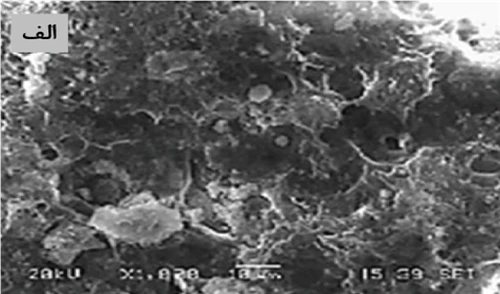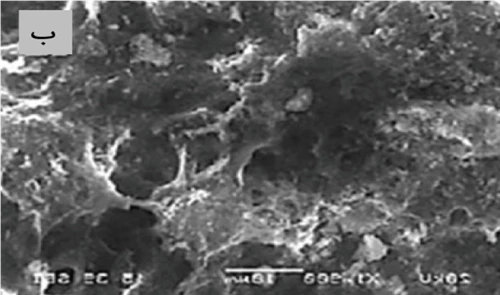
The date palm is a plant whose all parts are utilized. According to statistics from the Food and Agriculture Organization of the United Nations (FAO), Iran produced 499,283.1 tons of dates on 154,145 hectares of cultivated land in 2020.
A significant portion of the harvested dates becomes waste, which, with proper management, can be transformed into useful products like plant cultivation substrates, animal feed fibers, or culture media for single-cell protein. Approximately 10-15% of the date's weight consists of its seed.
Date seeds can be used for propagation; however, due to the separation of male and female trees, genetic diversity, and trait segregation, only about 10% of the resulting trees produce satisfactory fruit. Therefore, date seeds are primarily used for breeding programs. Date seeds are a rich source of carbohydrates, fiber, high-quality oils, proteins, nutrients, antioxidants, and vitamins. They are also used in the production of activated carbon.
Activated carbon derived from date seeds can be used for the adsorption of heavy metal pollutants, water and air purification, plant tissue culture, and more. Activated carbon from date seeds is produced through physical or chemical methods and features a high surface area.
Physical Method
In the physical method, the date seeds are crushed and heated to a high temperature (500°C to 1000°C) for several hours. Carbon dioxide (CO₂) is then injected into the chamber containing the heated seeds to produce activated carbon.
Chemical Method
In the chemical method, the date seeds are treated with highly water-absorptive substances such as zinc chloride or sulfuric acid and then heated to a temperature of 200°C to 800°C in the absence of oxygen. However, activated carbon produced through chemical methods cannot be directly used in the food or pharmaceutical industries and requires further processing and specialization.
Electron microscopy and infrared spectroscopy studies have shown that activated carbon produced from date seeds is of high quality, with suitable, stable structures and well-developed pore spaces.
Key Considerations in Production
It is essential to account for the various factors influencing the production process of activated carbon and their effects on the adsorption of heavy metals. One study showed that powdered, crushed date seeds were more effective in adsorbing zinc and copper from aqueous solutions than the activated carbon derived from them. Further investigations revealed that the active chemical groups responsible for copper and zinc ion adsorption were damaged during heat treatment, and reducing the treatment temperature helped mitigate this issue.
Nonetheless, activated carbon demonstrated excellent performance in adsorbing heavy metals such as chromium, lead, and uranium from waste solutions. This underscores the specificity of the carbon activation process, the pH of the solution, and other treatment conditions.
Date seeds naturally possess fine pores and high molecular surface areas, making them an excellent and cost-effective option for purifying polluted water or waste and contributing significantly to environmental preservation. Additionally, treated date seeds can serve as low-cost, effective filters at the water outlets of polluting factories.
Electron Microscopy Images:
- A: Date seed treated at 700°C with calcium acetate.
- B: Date seed treated at 700°C alone.


Powered by Froala Editor